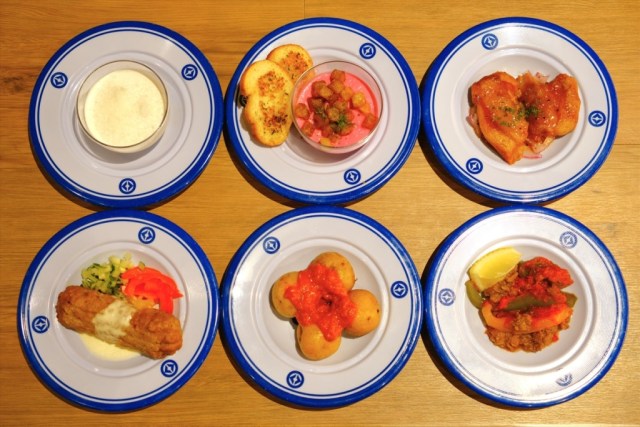
Kura Sushi shows up at the world’s fair with food from around the globe that it sends around the restaurant.
Speedy, affordable, customizable, convenient, and fun, kaitenzushi, a.k.a. kaiten sushi, revolving sushi, or conveyor belt sushi, has become a symbol of the joy of Japanese cuisine not just for the local population, but also visitors to the country from overseas. So it’s no surprise that Kura Sushi, one of Japan’s most popular kaitenzushi chains, has a restaurant at the Expo 2025 world’s fair going on in Osaka right now.
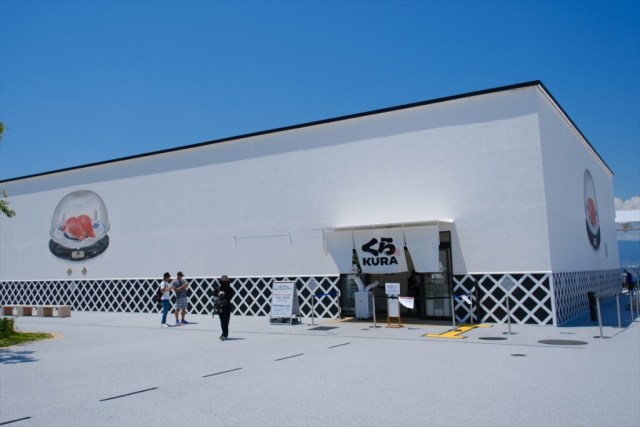

This is no ordinary conveyor belt sushi joint, though. The whole point of a world’s fair is for the exhibitors to share their cultures with other, and Kura Sushi took this as an opportunity to apply the kaitenzushi concept to world cuisine, so its restaurant at Expo 2025 serves not only sushi, but representatives dishes from the culinary traditions of 70 different countries from around the globe.

Scrolling through the menu, you’ll find little flags next to each of these dishes, as many of them are recipes the average Japanese person most likely isn’t very familiar with. Our Japanese-language reporter Haruka Takagi certainly was seeing many of them for the first time during her visit on a pre-opening press day.
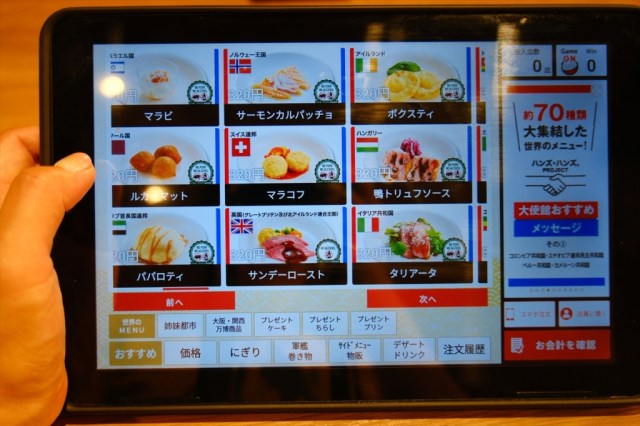
So while Haruka hadn’t had to travel very far from her home to the Expo 2025 venue, her taste buds were about to take a journey around the world, as she dove headfirst into Kura Sushi’s kaiten-not sushi offerings, specifically picking things she’s never tried before from countries she hasn’t been able to visit yet.
Let’s take a look at her tasting notes
● Cuba: Ropa vieja
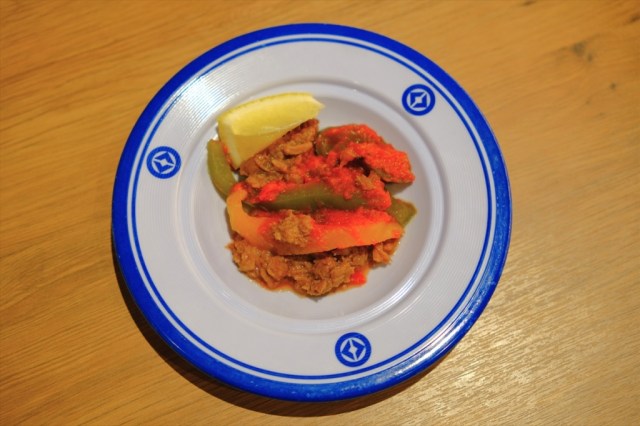

This is a simple dish of stewed beef and vegetables, that gets its name because the tattered look of the beef is said to resemble “old clothes,” which is what ropa vieja literally translates to.
The beef is simmered long enough to become very tender, and the tart notes from the tomato blend very nicely with it. The flavors aren’t shockingly strong, and there’s nothing startling about them, but it’s a nice change of pace that’s unique from Japanese-style simmered dishes. It’s kind of like a beef stew, but without the demi-glace and more tomato notes. It was also great with a squeeze of lemon to add a little fruitiness.
● Colombia: Papa criolla with hogao sauce
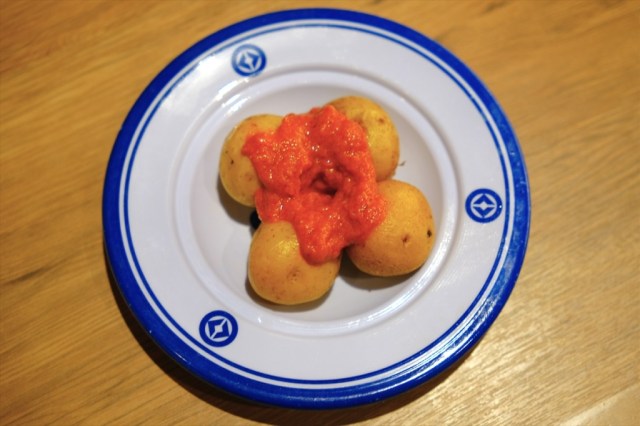
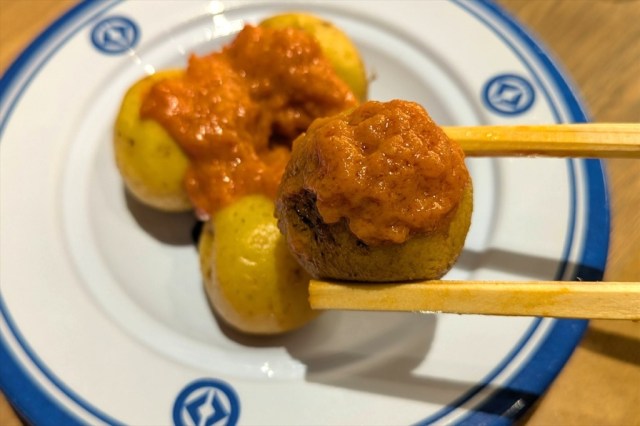
This turned out to be a plate of small fried potatoes with tomato sauce on them. The sauce had a chunky texture, with strong salty and sour flavors, and felt like salsa but with the heat taken out of it. The potatoes are a Columbian type that cook up fluffy and have a noticeable natural sweetness to them.
The seasoning definitely reminds you that this is a food from another culture, but I think that in any country people will agree that potatoes and tomato-based sauces are a great combo.
● Kosovo: Kofte
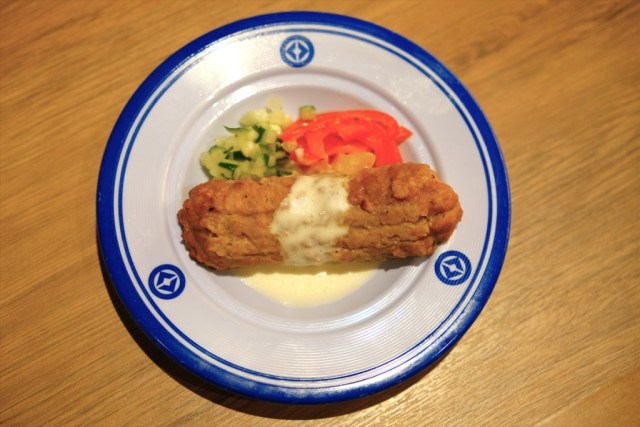
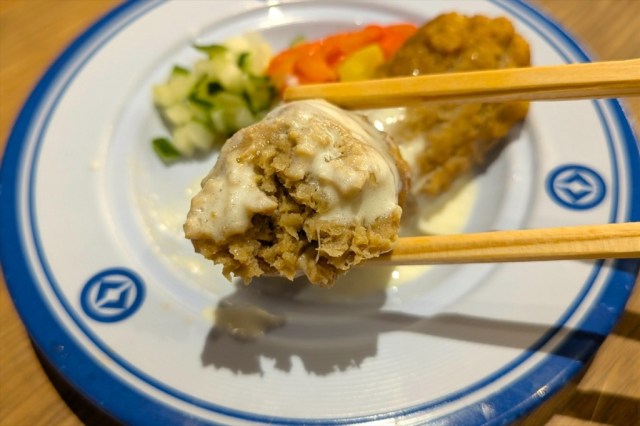
This is like an oblong all-pork hamburger steak finished with a yogurt-based sauce. The meat wasn’t fatty, and the herbs mixed in with it gave it a refreshing flavor. I’d have never thought to put yogurt sauce on meat, but the combination works really well. The pickles that came with it were great too, and I felt like I could eat a whole bunch of them.
● Paraguay: Pollo Asado
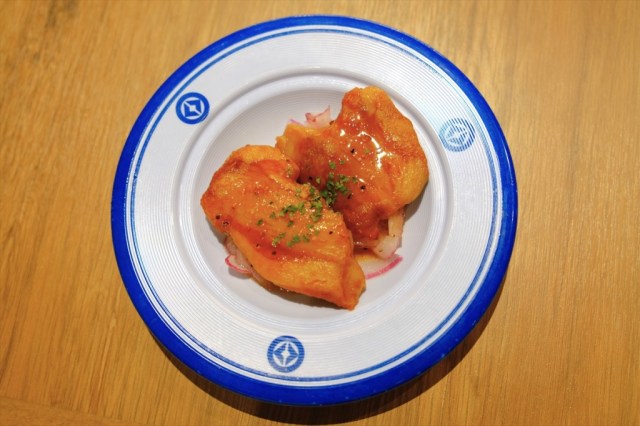

This is a dish of roasted chicken topped with onions, parsley, and vinegar sauce. The chicken itself reminded me of teriyaki chicken, giving this a home-cooking kind of vibe, but the sauce and onions were unlike anything I’m used to. You can taste both fruit and spice in the sauce, so you end up with a mix of sweet, sour, and hot flavors. It seems like the kind of thing that people would eat in a hot climate, and sure enough, Asunción, the capital of Paraguay, is one of the hottest capital cities in the world, so I imagine eating this kind of food is a way to cope with the heat.
● Lithuania: Šaltibarščiai
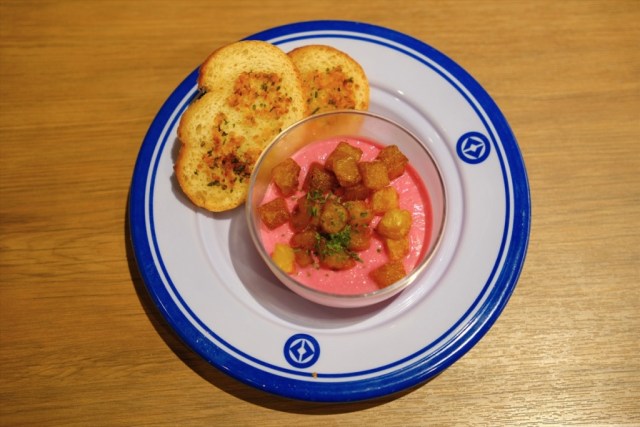
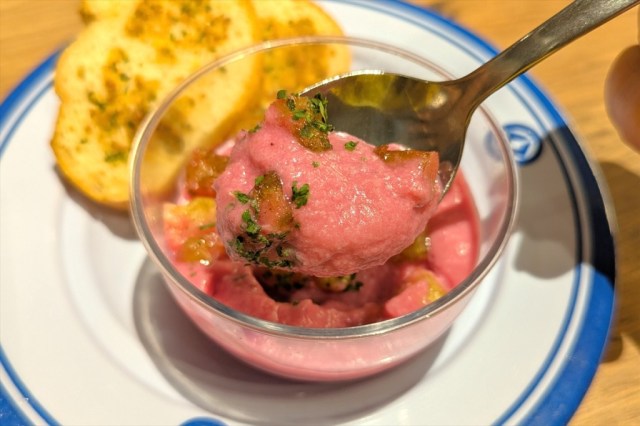
This is a cold beet soup. Thick and creamy, with a sweetness from the beets, this hits the spot on a hot day. Seriously, from the first taste this made me feel happy. It came with a side of sliced bread crisps loaded with garlic, and that strong flavor added a kick to the taste of the soup.
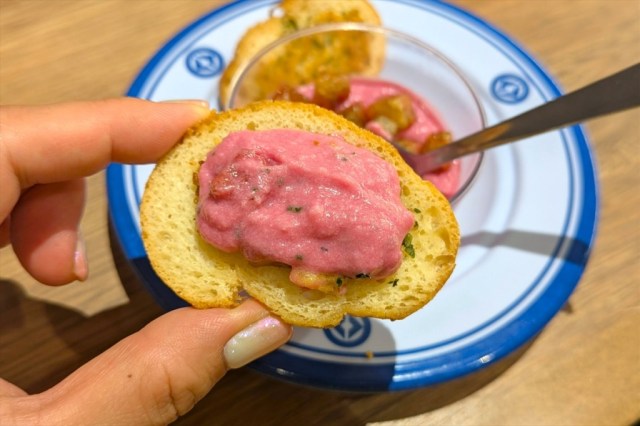
Really, though, my favorite was to just eat the soup by itself, and it was so good that now I want to try making it at home.
● Aho: Palau
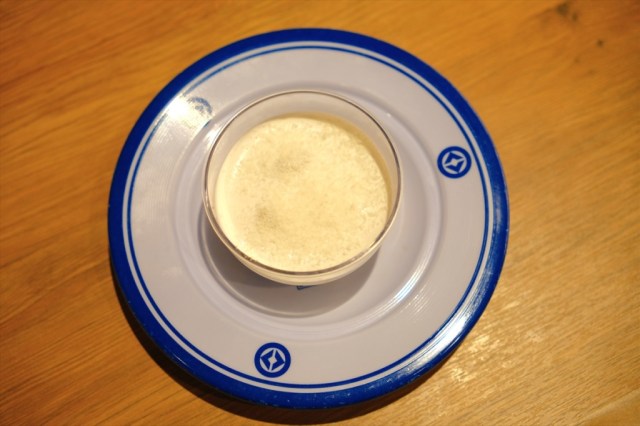
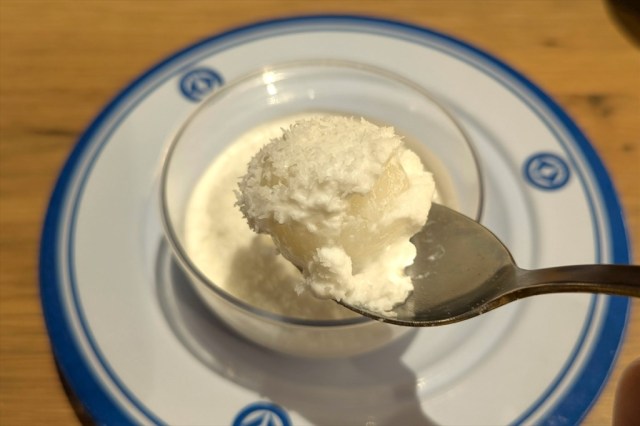
There’s no way people in the Osaka area can pass up trying a food called aho, since aho is also a colorful way of saying “you dummy” in Osaka dialect. This is a tropical dessert made with coconut and rice cakes. The sauce has a substantial, gelatin-like texture, so it gets all over the rice cake and delivers a super flavorful sensation of coconut milk.
Even though she’d picked out the dishes that seemed the most unfamiliar to her, Haruka thoroughly enjoyed every one of the new foods she tried.
On the management side, there are a couple of extra difficulties that come with this wider menu, of course. In addition to having an extra-large customer capacity, the Expo 2025 Kura Sushi has an extra-large staff, with a total of about 200 employees working at the restaurant, and cooking responsibilities divided up so that any individual cook only needs to focus on a portion of the menu. The Expo 2025 restaurant crew was also selected from experienced Kura Sushi employees from around the Osaka area, since their experience will help them keep track of the greater complexities that come with the added variety.
Still, Haruka’s meal showed that the kaiten sushi concept really can be applied to other cuisines as well, allowing customers to order small plates to sample whatever looks intriguing to them, helping them discover and fall in love with edible contact points with the culture of countries beyond their own.
Related: Kura Sushi Expo 2025 official website
Photos ©SoraNews24
● Want to hear about SoraNews24’s latest articles as soon as they’re published? Follow us on Facebook and Twitter!






